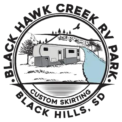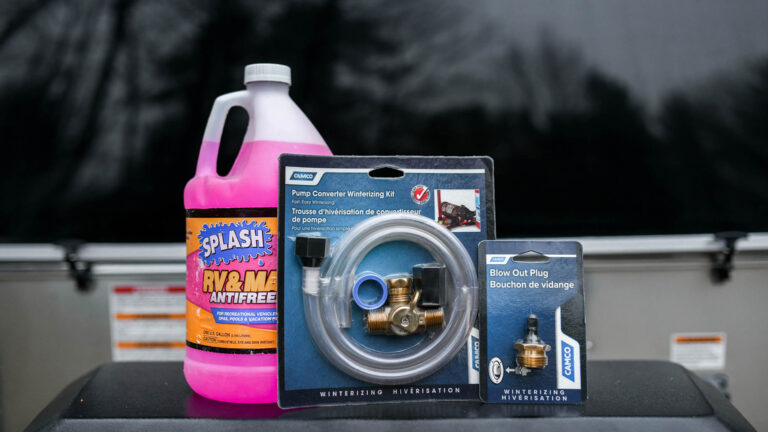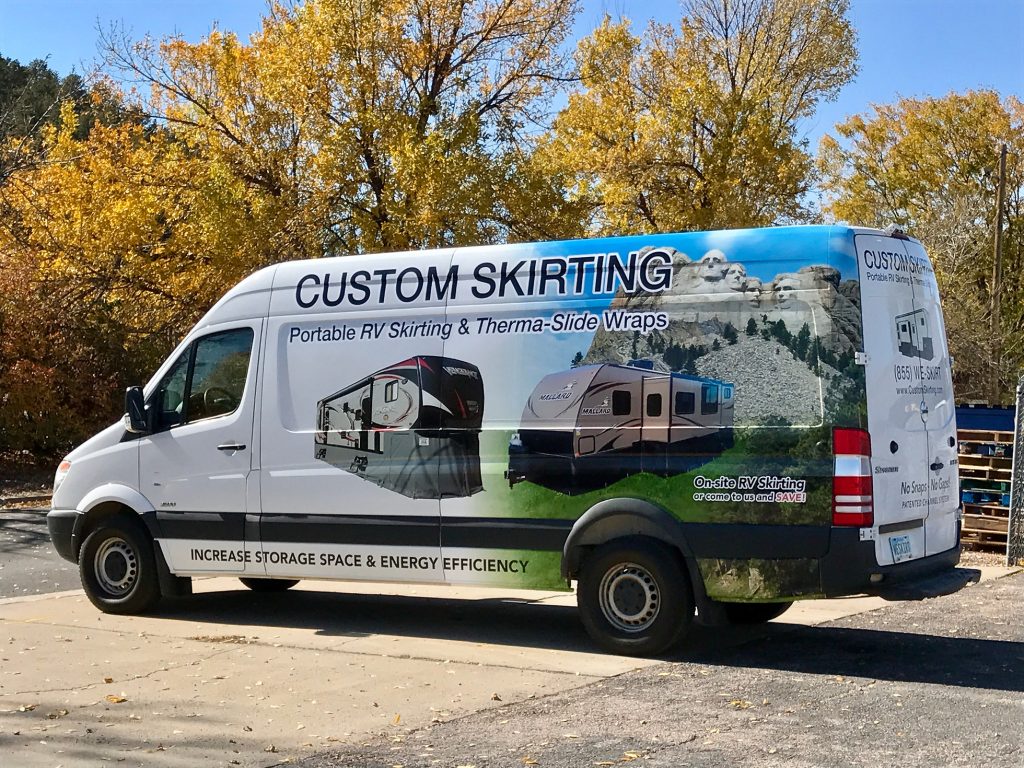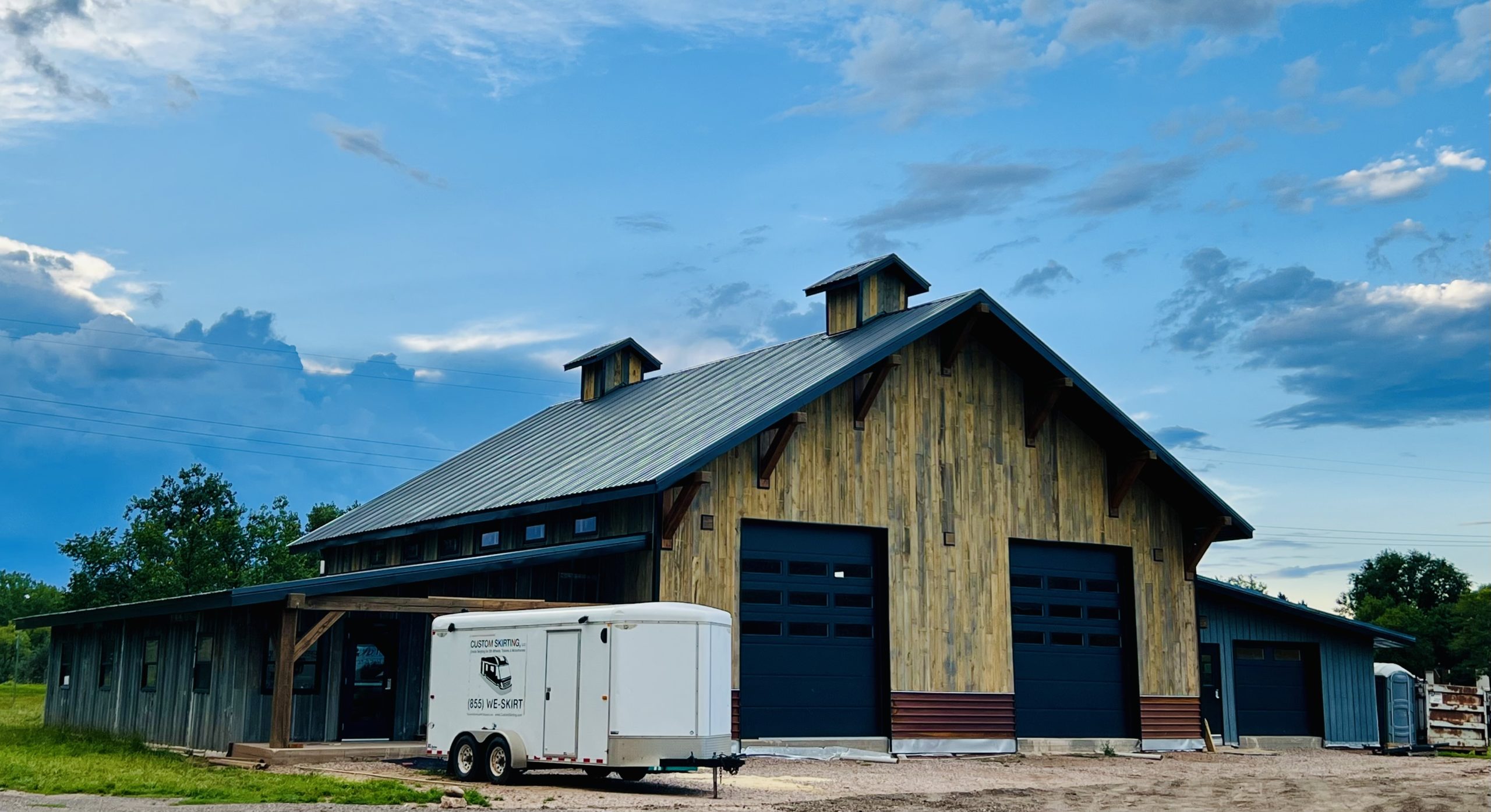Table of contents
Winterizing your RV is an essential step to ensure its longevity and functionality during the colder months. If you’ve ever wondered, what is RV antifreeze made of, or wanted to learn more about its role in protecting your RV, you’re in the right place. RV antifreeze is a crucial product designed specifically for safeguarding your RV’s plumbing system. Unlike automotive antifreeze, RV antifreeze is non-toxic and safe for water systems. Without it, frozen pipes can lead to severe damage and expensive repairs, ruining your travel plans and peace of mind. Let’s explore what is RV antifreeze ingredients, and understand how it serves as a critical component of RV winterizing fluid. This guide will help you make informed decisions for properly winterizing your RV and maintaining its plumbing system.
Understanding RV Antifreeze
Definition and Purpose
RV antifreeze is a specially formulated non-toxic solution used to protect an RV’s plumbing system from freezing temperatures. Its primary purpose is to lower the freezing point of water, ensuring pipes, valves, and water tanks remain intact during winter. Unlike automotive antifreeze, which is highly toxic and designed for engines, RV antifreeze is safe for use in potable water systems. This makes it an essential product for RV owners.
Key Ingredients in RV Antifreeze
The main components of RV antifreeze include:
- Propylene Glycol: A key ingredient in most RV antifreeze products, propylene glycol is non-toxic and effectively lowers the freezing point of water. It also helps prevent corrosion in metal pipes.
- Ethanol: Another common ingredient, ethanol is an alcohol-based compound that prevents freezing. While effective, ethanol-based solutions may have limitations regarding odor and compatibility with certain materials.
- Rust Inhibitors: These additives help protect metal components in the plumbing system from corrosion.
- Anti-Foaming Agents: These agents prevent foaming when the antifreeze is poured or circulated through the system.
Understanding what is in RV antifreeze is key to ensuring your RV’s plumbing system remains safe and functional.
Types of RV Antifreeze
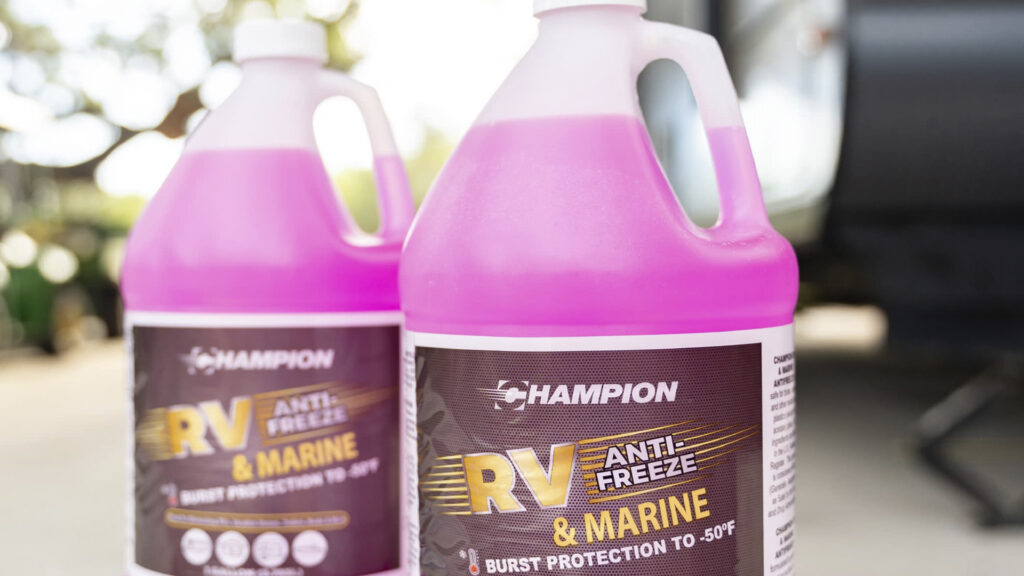
Propylene Glycol-Based Antifreeze
Propylene glycol-based antifreeze is the most common type of RV winterizing fluid. It is non-toxic, making it safe for use in potable water systems. This type is favored for its effectiveness and safety profile. Additionally, it provides excellent burst protection and prevents corrosion.
Ethanol-Based Antifreeze
Ethanol-based antifreeze is an alternative option that uses alcohol as the primary freezing-point depressant. While effective, ethanol can produce a strong odor and may not be as safe for prolonged exposure to certain materials in your plumbing system. It is essential to consider these factors when choosing a product.
Ethanol/Propylene Glycol Blends
Blended antifreeze products combine the benefits of ethanol and propylene glycol. These hybrid formulations provide effective freeze protection while balancing the properties of both ingredients. Some RV owners prefer these blends for their versatility and performance.
Choosing the Right RV Antifreeze
Factors to Consider
When selecting RV winterixing fluid, consider the following factors:
- Climate: Choose a product with a freeze protection rating suitable for the coldest temperatures in your area.
- RV Type: Larger or more complex plumbing systems may require specific formulations.
- Personal Preferences: Non-toxic and environmentally friendly options are ideal for health and safety.
Reading Product Labels
Always check the product label for key information such as ingredients, concentration, and temperature ratings. Avoid recycled propylene glycol products, as they may contain impurities. Virgin propylene glycol is the preferred choice for safety and performance.
Proper Use of RV Antifreeze
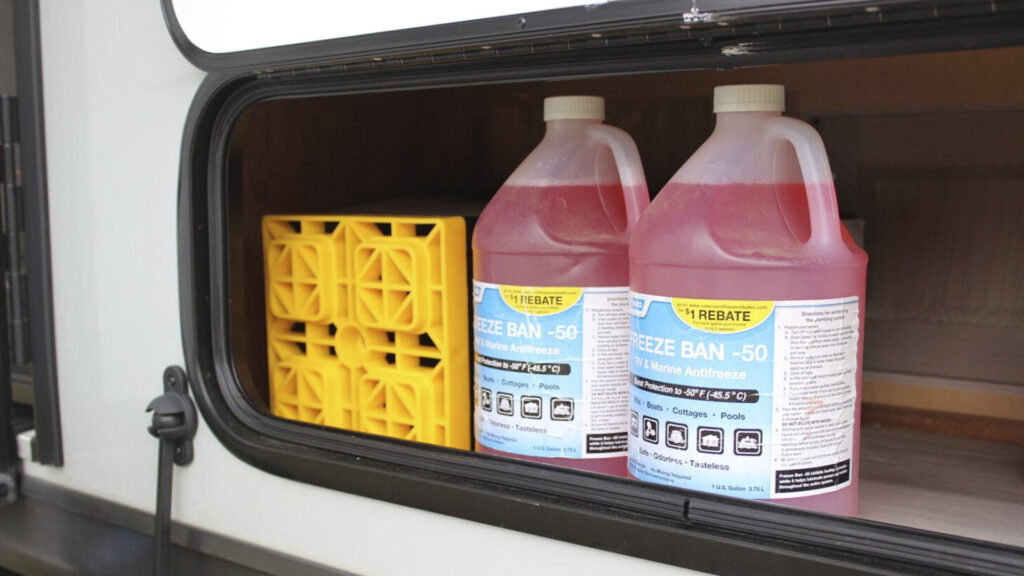
Winterizing Your RV
Winterizing your RV involves draining all water from the plumbing system and replacing it with RV antifreeze. Key areas to protect include:
- P-traps
- Gray and black water tanks
- Freshwater lines
By thoroughly winterizing your RV with the right antifreeze, you can prevent costly damage and ensure your RV is ready for use in spring.
How Much Antifreeze to Use
The amount of RV winterizing fluid needed depends on your RV’s size and plumbing complexity. Smaller RVs may require just 2-3 gallons, while larger models could need more. Check your owner’s manual for specific recommendations.
Safety Considerations
Toxicity and Environmental Impact
One of the main advantages of RV antifreeze is its non-toxic nature, which makes it specifically designed for use in potable water systems. Unlike automotive antifreeze, which contains harmful chemicals like ethylene glycol, RV winterizing fluis is typically made with propylene glycol or ethanol blends, making it safer for human and animal contact. This safety feature is crucial for protecting your RV’s plumbing systems during freezing temperatures without risking contamination.
However, proper storage remains essential to prevent accidental ingestion by pets or children, as even non-toxic antifreeze can cause digestive upset in large quantities. Be sure to keep it in a secure, labeled container, out of reach of curious hands and paws.
Flushing the System
Before using your RV in the spring, it’s crucial to flush out all antifreeze from the plumbing system. This ensures your water is safe for consumption and prevents any residual taste or odor.
Alternatives to Liquid Antifreeze
Compressed Air Method
An alternative to using RV winterizing fluid is the compressed air method, which involves using compressed air to blow out the water lines and remove all traces of moisture from your RV’s plumbing system. This method ensures that no water remains to freeze and potentially damage your pipes during cold weather.
While this technique eliminates the need for antifreeze and its associated cleanup, it requires specialized equipment, such as an air compressor and a blowout plug designed for RV water systems. It’s essential to carefully regulate the air pressure, as excessive force can damage sensitive components like seals and fittings.
Additionally, the compressed air method doesn’t protect drain traps or other areas where water may accumulate, so you may still need to add a small amount of RV antifreeze to those spots. Proper execution is critical, as even a tiny amount of leftover water can lead to costly repairs if it freezes. For RV owners who are confident with DIY maintenance and have the right tools, this method can be a convenient and eco-friendly alternative.
RV antifreeze plays a vital role in protecting your RV’s plumbing system during the winter months. Understanding what is RV antifreeze made of, knowing what are RV antifreeze ingredients, tand he differences between its types will help you choose the best option for your needs. Whether you opt for propylene glycol-based products, ethanol-based solutions, or blends, ensuring your RV is winterized correctly is essential for its longevity and performance. By following the guidelines in this article, you can enjoy peace of mind knowing your RV is well-prepared for the colder months ahead.
Your Winterization Headquarters Near South Dakota’s Top Attractions
Discover the perfect blend of learning and adventure at Black Hawk Creek RV Park & Cabins! Nestled near iconic destinations like Mount Rushmore and Badlands National Park, our park is not only a gateway to breathtaking experiences but also a hub for RV enthusiasts seeking expert winterization advice.
As a basecamp for Custom Skirting, you’ll have access to valuable resources and tips on RV winterization, including the composition and benefits of RV antifreeze. Enjoy a comfortable stay surrounded by a knowledgeable RV community while preparing your rig for any season.
Book your stay today and let Black Hawk Creek RV Park help you gear up for a safe, well-equipped, and memorable journey!
